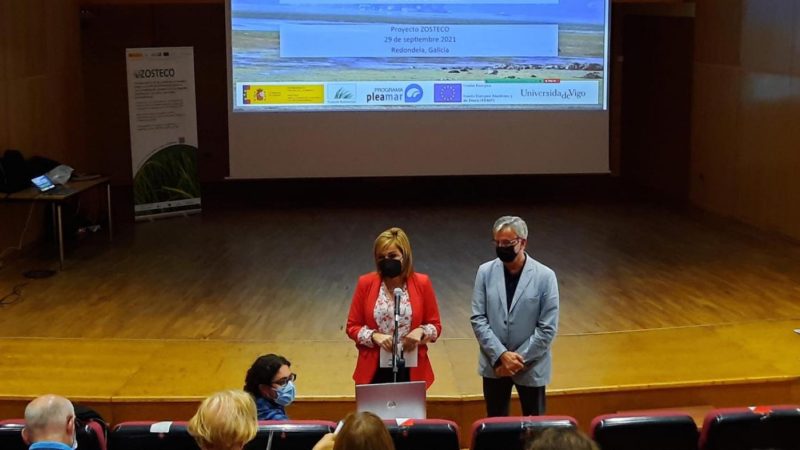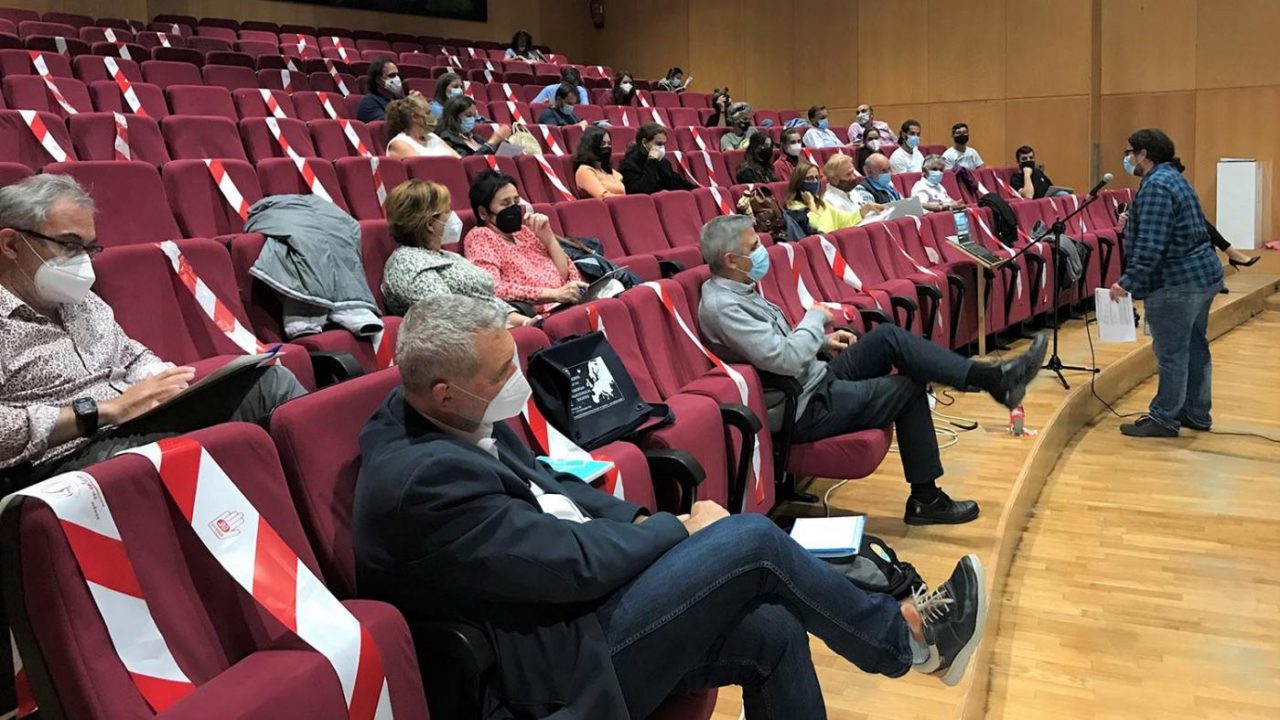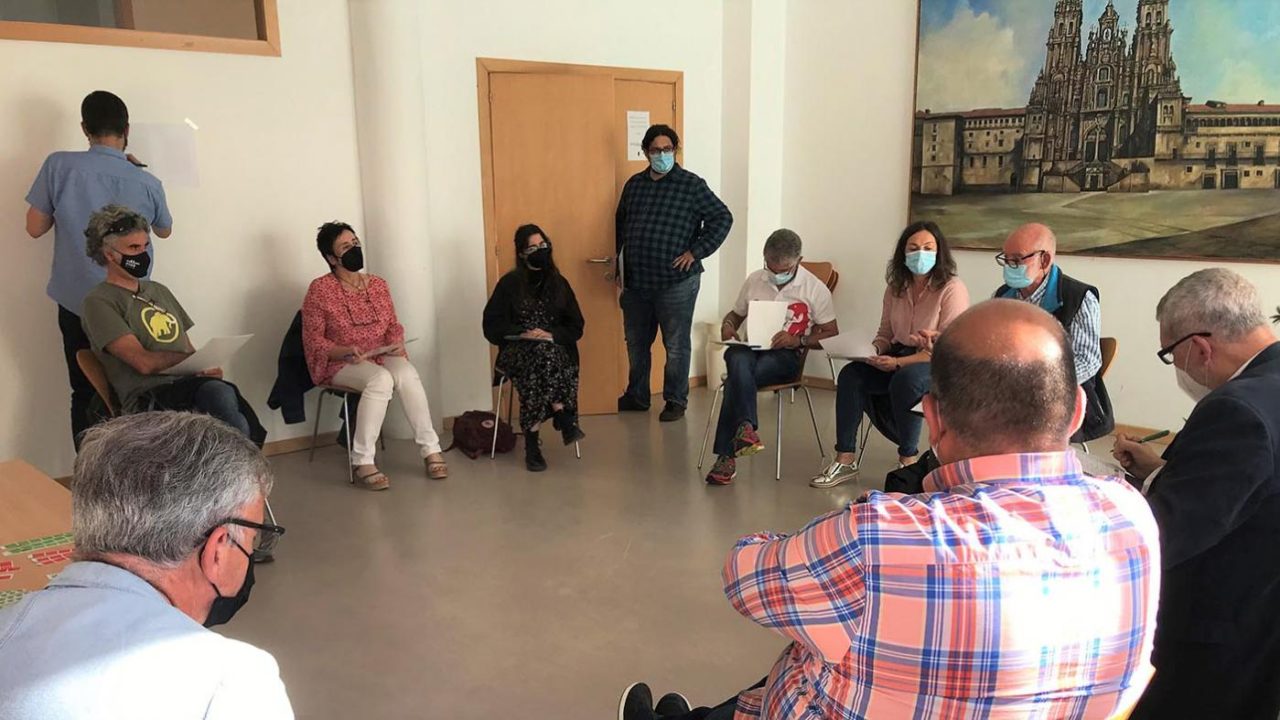The project is led by the University of Vigo and has the participation of researchers from the Marine Research Center Emilio Fernández, Gonzalo Méndez and Jesús Troncoso
In order to preserve the marine grasslands, it is necessary to improve the sanitation and purification networks of the coastal municipalities and also to establish new measures related to the elimination of discharges associated with the industries established on the coast. These were the two measures that achieved the most consensus among those attending the last working meeting of the Zosteco, a meeting that was recently held simultaneously in Redondela and Santander and which was attended by representatives of fishermen, shellfish, public administrators, users of the natural space, recreational activities companies, environmental organizations, researchers, etc. They were welcomed by the mayor of the town, Digna Rivas, and the Professor of the University of Vigo Emilio Fernández, researcher at the Marine Research Center and responsible for the project in which CIM researchers Gonzalo Méndez and Jesús Troncoso also participate.
The Zosteco project, led by the University of Vigo and in which the Institute of Environmental Hydraulics of Cantabria also participates, has as its main objective to evaluate and map the benefits generated by marine grasslands to society and explore the main conflicts and synergies established between them and human activities. The aim of the project is to mitigate the impacts that derive and allow a more adequate management of the natural spaces object of study: the bay of Santander, in Cantabria, and the cove of San Simón in the estuary of Vigo.
Nearing its end – scheduled for the end of November -, the project has already synthesized the published knowledge about these two areas and explored the knowledge accumulated by the people who carry out their activity in these natural spaces.
Regulate the uses of these spaces and make specific management plans
This last meeting held in Redondela highlighted the desirability of regulating the uses of these spaces, avoiding those activities that modify the coastal margin, and prioritized the need to develop and implement specific management plans for these natural spaces. In the case of San Simón cove, the need to promote environmental education and public awareness programs in schools and through companies in the area has been identified, while in the case of Santander Bay, the possible recovery of landfills has been formulated to reduce the clogging process currently experienced by the Bay of Santander.
The conclusions reached at the meeting will now be forwarded to those responsible for the corresponding decisions on the proposed measures in both autonomous communities.
The Xunta de Galicia collaborates in the project through the Ministry of the Environment, Territory and Housing; the Government of Cantabria through the Ministry of Rural Development, Livestock, Fisheries, Food and the Environment; the City Council of Redondela; representatives of artisanal fishing (Galician Fishermen’s Confederation and in particular the Redondela brotherhood); environmental groups (ADEGA) and researchers from the Lonxanet Foundation.
Source: DUVI



